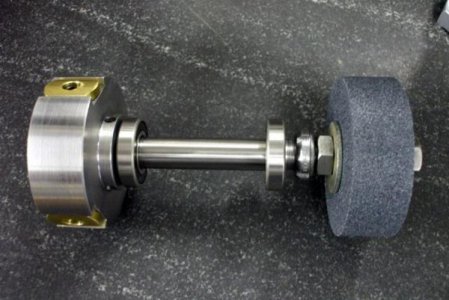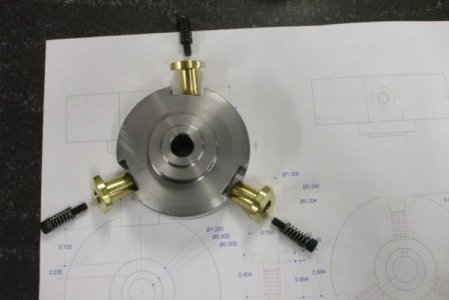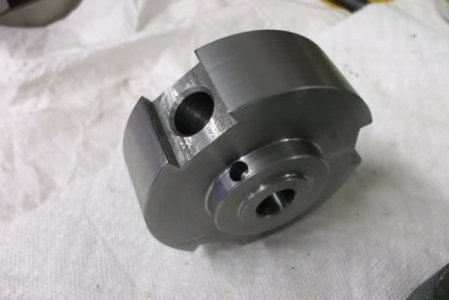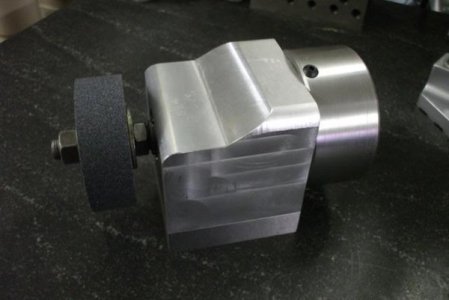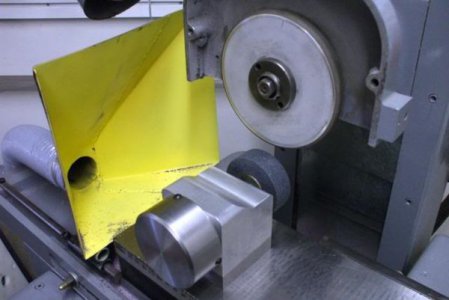- Joined
- May 10, 2012
- Messages
- 154
We have a few diamond wheels that thru use have a corner radius that will not let us grind to a sharp corner.
Commercial Brake wheel dressers start in the $300.00 category and go up.
I believe one could be built with a 5C collet indexer using a 5C collet holding an arbor with a bearing and truing abrasive wheel with an adjustable tension to control the speed of the dressing wheel.
Any thoughts on how to regulate wheel speed??
Fiber washer to provide drag on the dressing wheel?
Commercial Brake wheel dressers start in the $300.00 category and go up.
I believe one could be built with a 5C collet indexer using a 5C collet holding an arbor with a bearing and truing abrasive wheel with an adjustable tension to control the speed of the dressing wheel.
Any thoughts on how to regulate wheel speed??
Fiber washer to provide drag on the dressing wheel?

